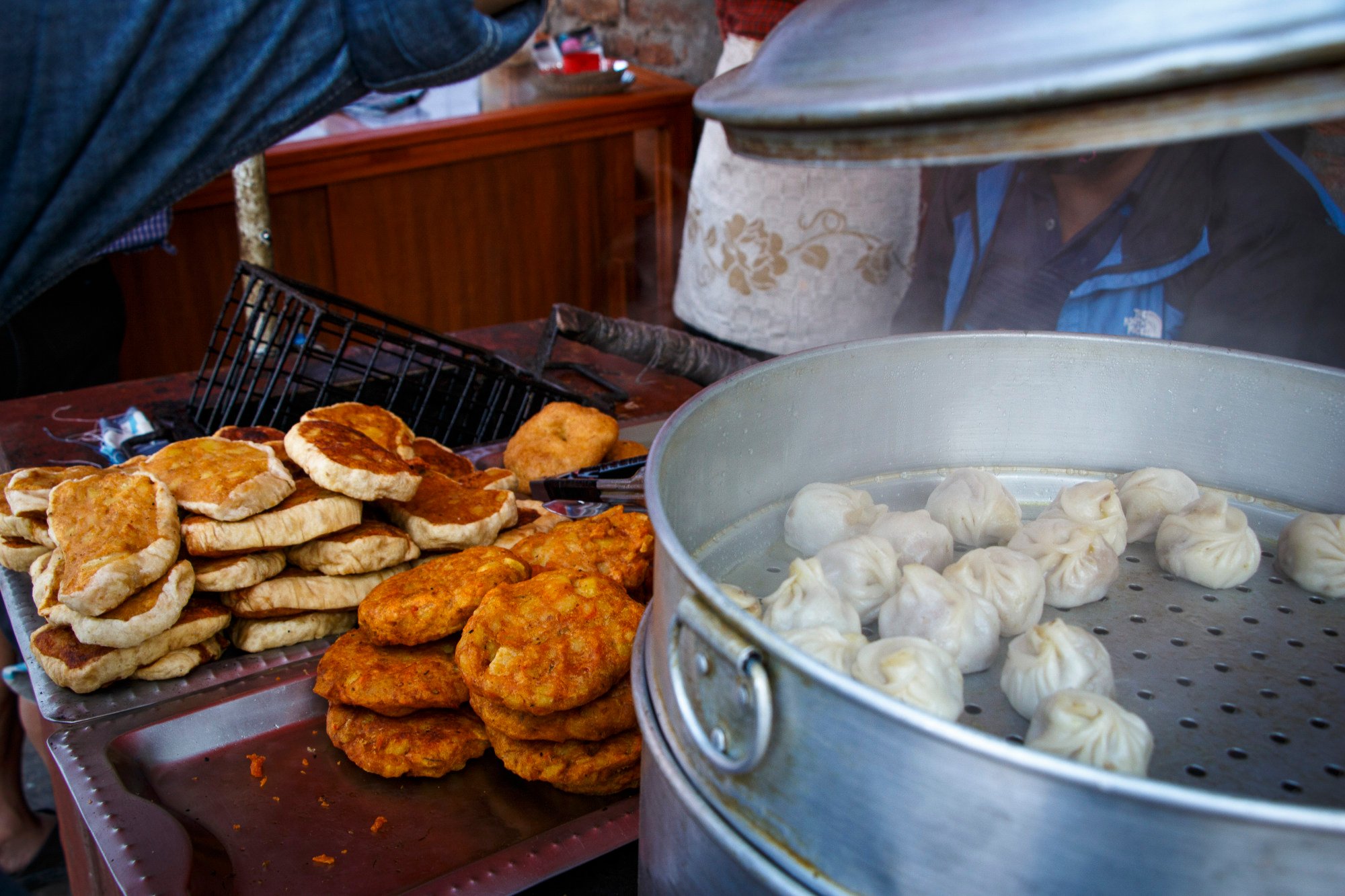Nepali food is ‘unique, flavourful’ but unknown. This celebrity chef wants to change that

[ad_1]
Santosh Shah introduced Nepali cuisine to a global audience when he cooked up a storm during a British cooking competition.
Nepal is a popular tourist destination, known for some of the world’s highest mountains and scenic trekking trails, but the country’s food is relatively unknown internationally. Tourists are usually introduced to generic versions of momos, or dumplings, and daal-bhaat-tarkari, a combination of rice, lentils and vegetables, which have become representative of Nepali food.

However, Nepal has more than 100 ethnic and indigenous groups, and their food culture has been largely absent from the country’s culinary scene. Shah said he was making an attempt to introduce some of them, both globally and locally.
During his MasterChef competitions – Shah was also a second runner-up in BBC MasterChef: The Professionals in 2020 – the chef prepared several dishes that transported the taste buds of judges in a British studio to Nepal. They included spicy buffalo ribs and yomari, a sweet glutinous delicacy – part of the indigenous Newa community – to an 18-dish vegan feast with food items from Madhesh province, where he grew up.
He also introduced the judges to home-brewed rice wine used by different indigenous communities for celebration and as a religious offering to gods and goddesses.
“You’ve taken us across Nepal,” said MasterChef Rematch presenter Greg Wallace in one of the episodes. “[It’s an] education in a cuisine we knew nothing about.”

Attempt to appeal
Despite Nepal’s rich food diversity, most restaurants in the capital Kathmandu are starved of local dishes.
“Nepali food is unique and flavourful, but many people don’t have faith in our own cuisines and favour other people’s cuisines,” said Shah, author of a cookbook called Ayla, meaning alcohol in Newa language.
To remedy this, Shah opened a restaurant specialising in food from Mithila region, current day Janakpur in southeast Nepal, this summer. He plans to expand the Janakpur restaurant to Kathmandu and other cities, as well as in countries with large Nepali diaspora.
In Kathmandu, Prashanta Khanal is already attempting to popularise lesser-known ethnic and indigenous cuisines at Raithaane, the restaurant he co-owns. The eatery serves seasonal items that reflect the diversity of ingredients and food traditions of different Nepali ethnic groups, and the menu includes recipes he collected during his travels or passed down from friends’ families.

Inspired by the once-forbidden kingdom of Mustang, the monsoon menu features yak meat curry and dumplings made of roasted barley, a staple in the hilly regions. During winter, it offers phalgi, a stew-like dish with meat, vegetables and beans from the Sherpa community. There are also dishes from the Rai, Limbu and Tharu ethnic groups.
The restaurant uses local spices and certain ingredients bought from indigenous communities to provide near-authentic flavours, and has also tried to make the dishes more visible. The cuisine is popular with local guests and has received international media coverage.
Khanal also writes about Nepal’s ethnic and indigenous foods and in 2022, he published the cookbook Timmur, named after the spice that comes from the same family of Sichuan pepper.
“We have a tendency to disrespect our own food and think our food is inferior to other cuisines,” Khanal said. “We need to respect and promote food from our own ethnic communities.”

Honouring indigenous food
Food is a reflection of indigenous people’s philosophy and it is important to tell their stories, which are largely missing in the current discourse, according to Gurung.
“When we are talking about indigenous and marginalised people’s food heritage, who is doing the narration – are the communities actually benefiting from it?” she said. “We should elevate the communities instead of what can be seen as appropriating their historical and cultural knowledge.”
Pizza, momo or noodle? Indian chefs showcase myriad ways to eat parathas
Pizza, momo or noodle? Indian chefs showcase myriad ways to eat parathas
Gurung acknowledged the efforts of restaurants like Raithaane and chefs like Shah in promoting indigenous cuisine, but said there should be more conversations about the origins of the food, the knowledge of those who passed down culinary traditions, and the history of the communities that are still being discriminated against.
“Just by promoting indigenous food, it doesn’t help their cause,” said Gurung, also an indigenous food researcher. “Unless we are having these conversations, I don’t think we’ll be presenting a balanced view of where our food is coming from.”
Gurung said the first step would be to understand the indigenous people’s history and learn about their rights or lack thereof. She added that their knowledge of food, which is missing from commercial initiatives, should also be better appreciated.
Meanwhile, Shah and Khanal said they tried to empower local people in their own ways. While Raithaane sources many ingredients from different ethnic communities, Shah’s restaurant in Janakpur employs single mothers from the Madheshi community as cooks, while sourcing local ingredients.

Global ambitions
Shah is determined to use his celebrity status to raise Nepali food’s global profile.
“There’s definitely an appetite for it,” he said. “This is my dream restaurant through which I want to show the world what I can cook.”
Shah is also judging a MasterChef-like cooking show, Chef Nepal, which he believes will inspire aspiring chefs to rethink Nepali food.
“We have to see where Nepal is in terms of globalisation and how much of a soft power we have in the world, for Nepali food to go global,” Khanal said.
“We’re not there yet.”
[ad_2]
Source link




